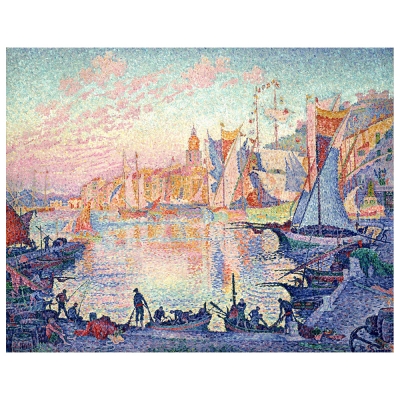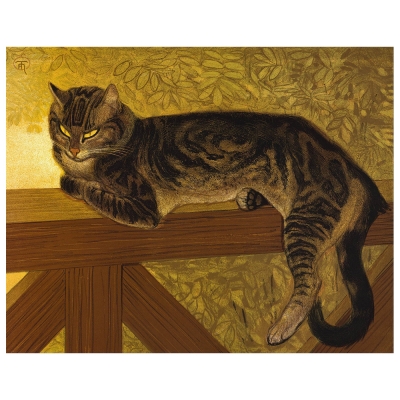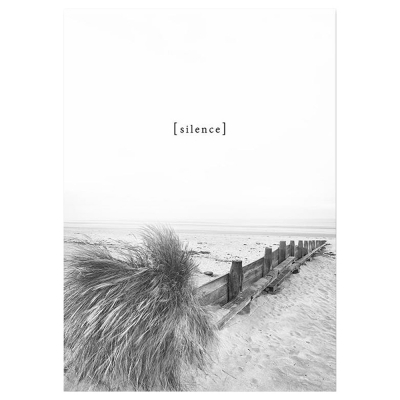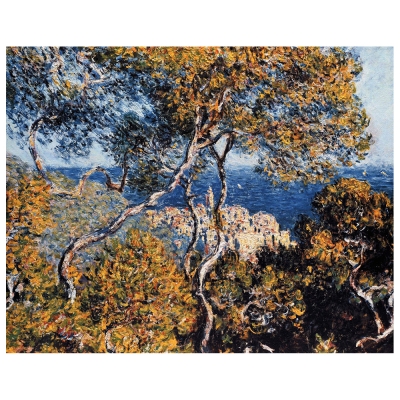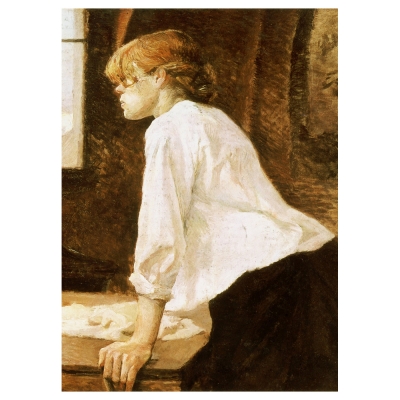"Slow looking" the technique and guide to learn to enjoy the works of art

05/07/2019
Especially when the time available is not so much, entering a museum and being able to admire each work in the right way, or arriving until the end of the tour in a concentrated way is not easy, but thanks to the guide of the Tate you can greatly improve these skills.
We are talking about a technique that despite being simple is very effective, it helps to fight the anxiety that often affects people who are afraid of not being able to visit the whole museum, it helps to maintain the right concentration in front of every work of art, etc.
According to some studies, on average people stop in front of a work of art for only 8 seconds, while it would take at least 10 minutes to get to the essence of the work but, since it would take too many hours to spend 12 minutes in front of each sculpture, painting or composition, the Tate has created this guide (also available online) that helps visitors to museums to enjoy the works in a perfect way.
According to what is recommended, the first step to take is to be selective, that is to choose from the many masterpieces and cut out some time to devote to them. Generally, this process happens instinctively, as we tend to dwell always in front of what attracts us most, so just stop and be ready to interact with these works, without haste, paying attention to every detail: colours, style, etc. By letting ourselves go in front of the work we are interested in, we are able to automatically capture the particularities, so there is no need to strive, as the eye and the mind begin to make associations in a spontaneous way and create an almost immediate link with what we have in front of us.
In practice, "slow looking" means dedicating oneself to the images and objects in the exhibition one is visiting, using the utmost patience and calm, so that contact is created with the works that attract the interest of the visitor and, even if often instead of silence there is a background noise, in the Tate's guide it is recommended not to get angry, because in reality the noise is added to the process of observation, since it is part of the context that offers fruition to the work and encourages slow looking.
Moreover, in order to create a contact with the work and be able to understand it in depth, in the Tate's guide it is also recommended to interact with the others who are present, to share the emotions perceived while observing the masterpiece in question and to confront oneself with the other visitors.
In essence, while you are visiting a museum, regardless of the works you are observing, in order to avoid losing the emotions that the masterpieces can transmit to you, it is advisable to focus on what attracts your attention, without rushing and without necessarily dwelling in front of all the works for the same time, because not every work will transmit the same feelings and you only risk losing the best, that is, what you are most interested in.
Article by: Aurora Caraman



